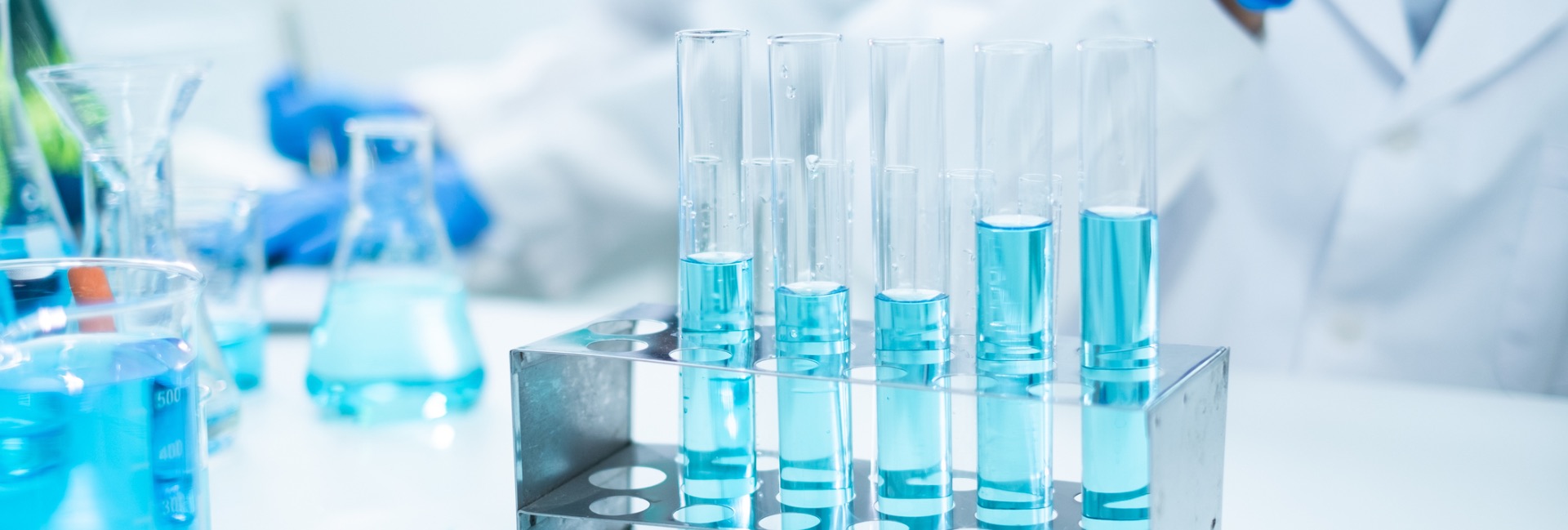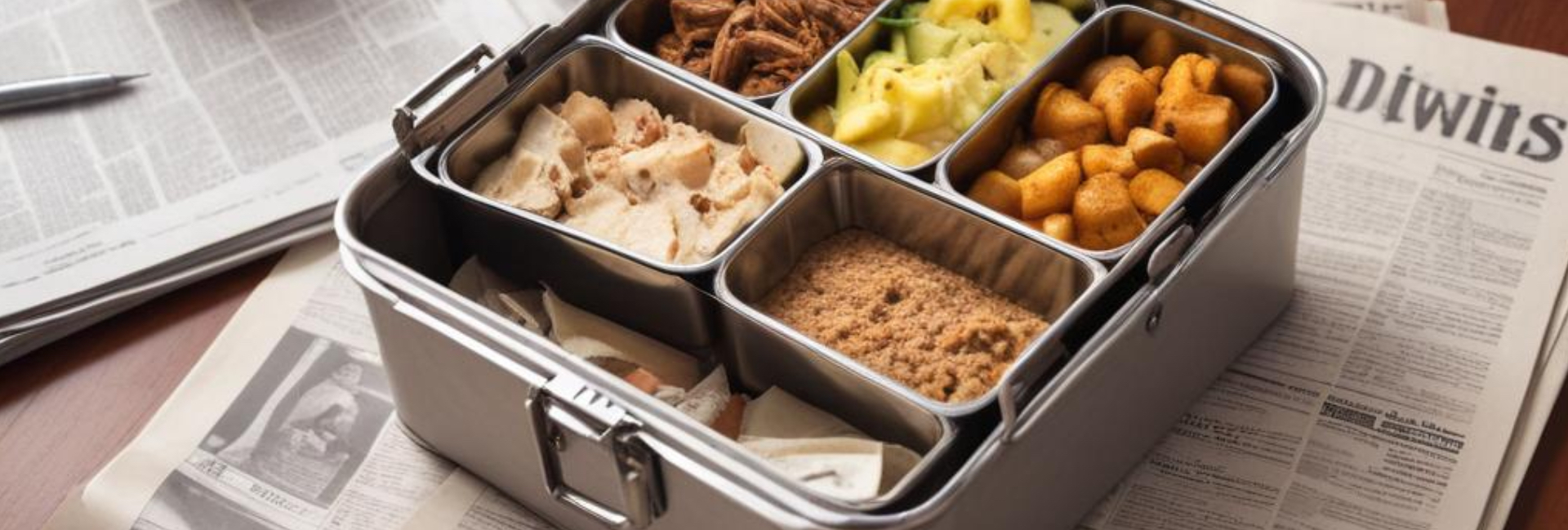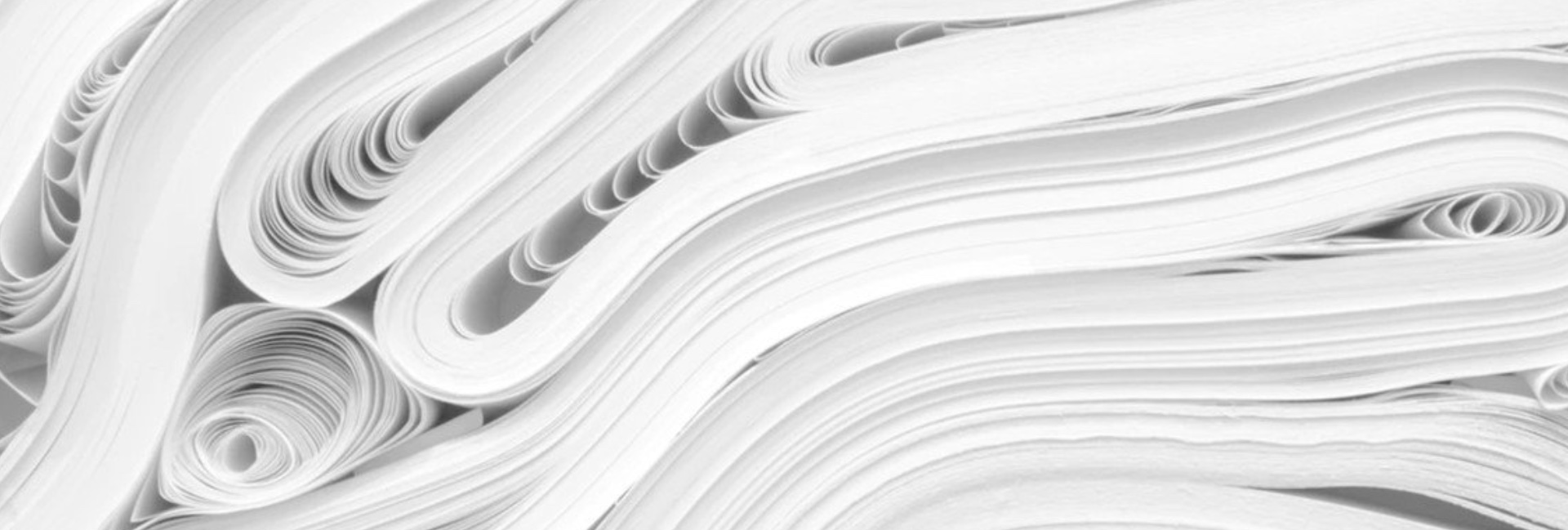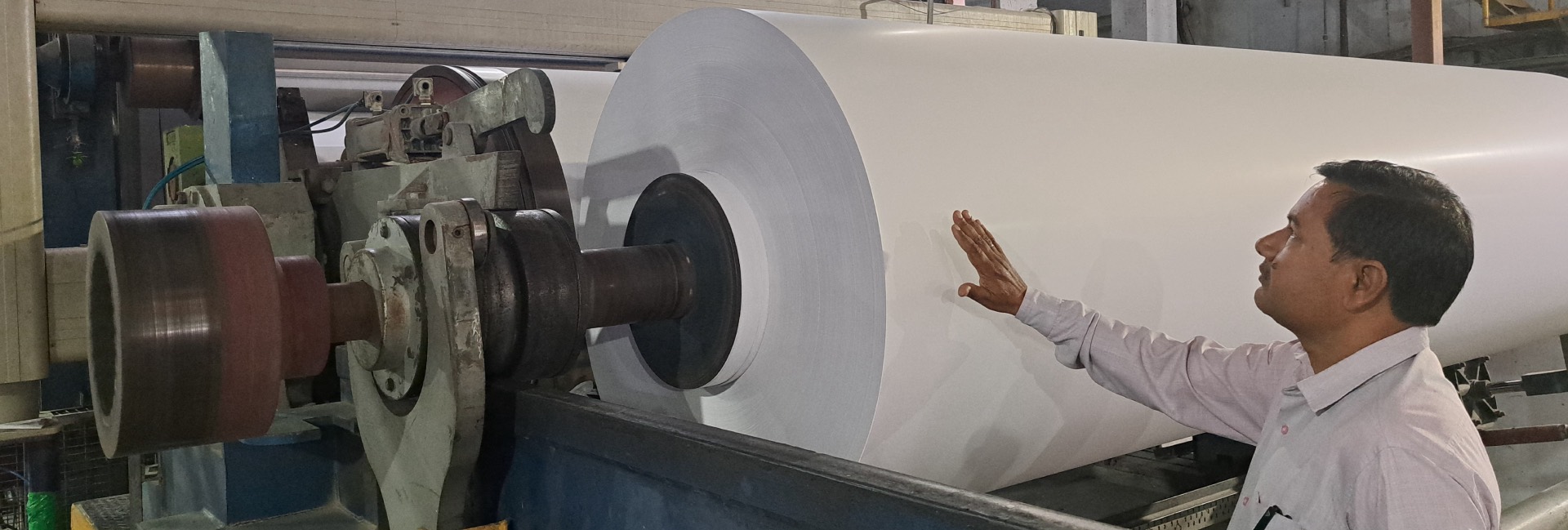Abstract
Polymers have played a big role in water treatment, improving the retention, and drainage on the paper machine wire part. With time, the use of polymers has increased, and these polymers have become almost necessary for any paper mill. The thought paper indicates the problems being appearing due to excess use of such polymers, specially the retention aids.
Introduction
Major application of polymers in a paper mill (mainly the soluble Polymer, as cellulose itself is a polymer) is in the retention aid chemicals. The purpose of retention aid is to reduce the fiber-fines going along with back water from any wire part. Obviously, any mill would try to increase retention in order to avoid loss of valuable fibers; by the addition of any chemical, and polymers have been proved to be very successful for the same.
So, what is the problem? In fact, with time, the cost of papermaking fibers (water paper) have increased significantly, and recovering fibers and fines from back water has been extremely important. Quite obviously, the usage and dosage of these retention aids has increased. Now, only a part of this polymer attaches itself on papermaking fibers and fines, but the remaining part remains dissolved in backwater and creates future problems.
Problems with Excess Retention Aids
Excess retention aid remains with the back water. If you look at any paper machine, the wire part is the main source of back water generation. Out of all of the back water generated from the wire part, more than 80% usually goes to the fan pump suction, and less than 20% remains surplus, which is usually sent to previous sections of process like for pulper or centricleaner dilution applications.
With time, all of the paper mills have gone for water conservation, and hence again a major part of the above excess back water is reused for dilution purposes. That means, the fibers and fines which were present in the excess back water, a big part of these is recovered back into process. So far, everything seems perfect. But the problem appears when the retention aid polymers also follow the same path. During the time available, this polymer makes bonding with fibers and fines, but when this mixture is subjected to high shear in pressure screens, centricleaners, disperser or refiners, some of the long chains of this polymer break and 100s of polymer micro-molecules are generated from any polymer molecule. Of course these are smaller, but still these are sufficiently long. Imagine breaking of a 50,000 monomer long polymer chain into 100 chains of 500 monomer units each or so. This also makes floc size smaller, and hence makes it extremely difficult for the generated flocs to settle down due to gaining a structure like a dandelion seed as shown in image below.
Is Excess Retention Aid Dosing Really a Problem?
Yes. In many of the cases, the mill starts dosing retention aid on the basis of real gains, i.e. increase in FPR or reduction in back water concentration. Slowly and slowly, when one gets used to, any increase in back water concentration is countered by slight increase in retention aid dosage. Slowly and slowly, the residual retention aid starts increasing in the system, and whenever possible, this finds a place on any stagnant surface like pressure screen body, head box internals, pipelines, back water silo and so and so forth.
In some cases, it has also been observed that fibers and fines also gets attached to the surface of head box due to the presence of the retention aids, and when the size becomes sufficiently large, these lumps dislodge and come to wire part like in form of slime. This way, frequent breaks take place at wire part. Sometimes, paper-makers misunderstand these as foam and are forced to start defoamers or increase the dose of defoamers.
Another major problem with the excess retention aid is the increase of turbidity in back water. Well, for the mills using micro-filtered back water in place of fresh water, for paper machine showers, this creates reluctance in operators, as the cleaning of wire part also gets adversely affected. Obviously, the mill gets forced to use more and more fresh water.
A step further, it has also been observed that the residual polymer or polymer fractions, if present in excess, they gets easily attached to biomass in aeration tanks in ASP process. As a result, the aeration efficiency drops drastically. In such a case, addition of fresh water to aeration tank improved aeration performance drastically and unbelievably. In fact, there was no decrease in COD (around 680-700), even when the flow to a particular aeration tank stopped, and let the effluent aerate for 48 hours as it was. However, when fresh water equivalent to just 10% of aeration tank capacity was added, the COD dropped from 650 to 250 overnight. Further water addition was not tried, as this gave a big clue to solve the problem.
How Can We Check if Retention Aid is in Excess
Well, after the above discussion, any paper-maker might be interested to know the ways to identify the optimum quantity of retention aid. The quantity of retention aid used depends on a lot of factors, pulp parameters, machine operating parameters, the back water circuit, fiberline, type and quality of retention aid itself etc. However, there are a few checks, one must consider-
- Evaluate your paper machine back water. If it appears too turbid, take a sample of waste paper and make pulp from it using fresh water available for your process. Now squeeze the pulp to obtain back water from it. Next, make another batch of pulp using the obtained back water. In case the back water was less in quantity, you need to repeat first batch of pulping again. Repeat this process 5-6 or 7 times, and then compare the quality of back water you obtained and that available from your paper machine. In case, there is a significant difference; you know there is something that is creating turbidity, most probably the presence of excess retention aids.
- Calculate the quantity of retention aid used per kL of effluent generated. Suppose you are generating 6 kL/Ton of effluent and using 150gm of retention aid per ton of paper. That means, effectively, you are adding say 25gm retention aid per kL of effluent. In other words, the retention aid dosage is 25mg/L. Even if you consider that 15mg/L is retained by paper (in most applications, a dose of 2.5-5mg/L gives more than 95% efficiency), 10 mg/L concentration is added up to back water with every single pass. Now suppose if you have reduced your fresh water consumption, and effluent generation has reduced to just 2kL/T. The overall polymer dose shall be 75mg/L, and considering the retained amount on paper, you may expect 60mg/L increase with every pass of water.
- Evaluate if you are unable to achieve COD reduction in aeration tank easily. If addition of even small quantity of water improves the aeration performance quickly, you may suspect excess polymer as a possible cause.
The Action Line:
Once the possibility of excess dosage of retention aid has been assured, start reducing it slowly. Very soon, you may observe your back water clearing up, the consumption of sizing chemicals going down, the reduction in machine breaks etc. Slowly and slowly, you may reach to an optimum level.





